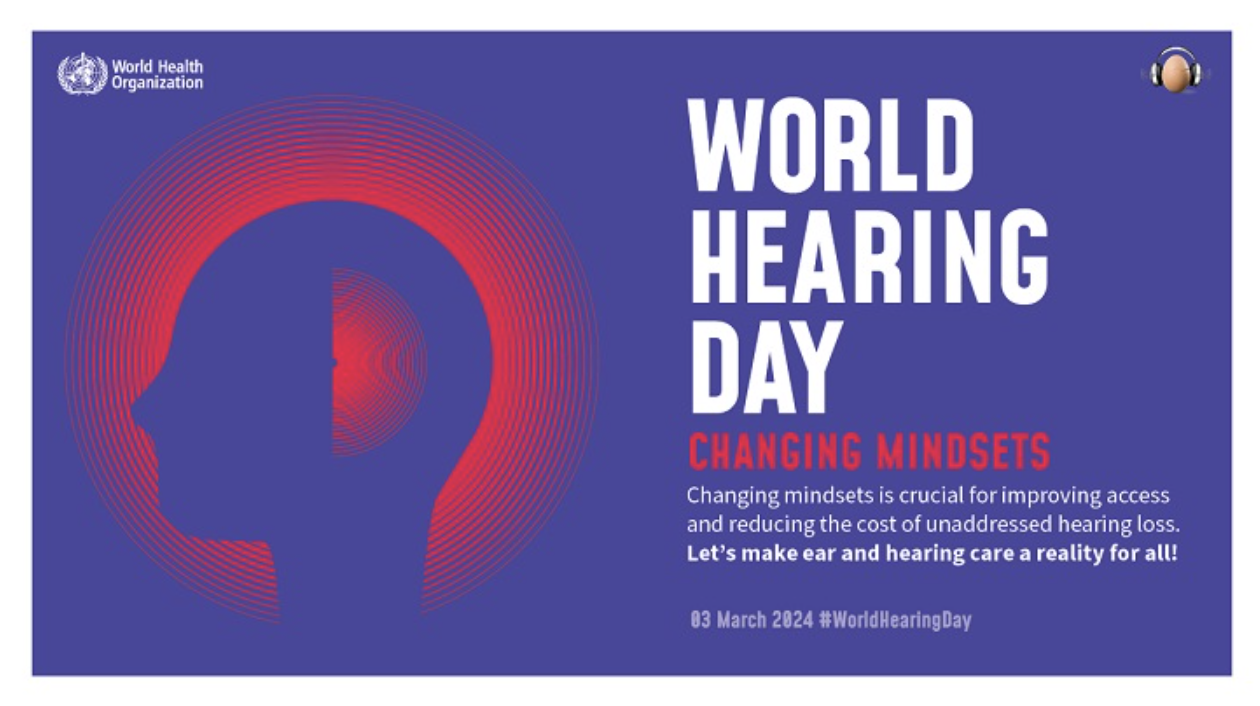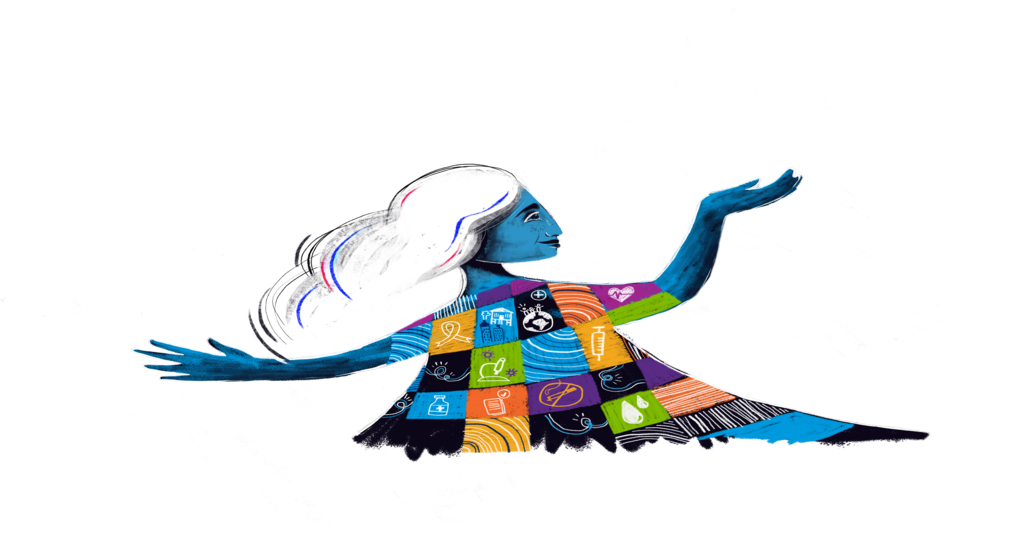
Notable deaf musicians around the world
June 21, 2021
Hearing aids gives jazz legend Charles Owen new lease on life
June 25, 2021Can I take your order? How restaurants can better handle deaf customers

Sometimes there’s nothing more satisfying than stopping by a restaurant for a quick meal. But for many deaf customers, challenges still arise with miscommunications and accessibility issues at restaurants and fast food venues.
Recently, a news story about a deaf customer at McDonald’s went viral, after a woman was left the restaurant in tears when she wasn’t able to order her daughter a meal. Other restaurants, however, have already made changes to their ordering process and staff to make their services more accessible.
So how can restaurants be more accessible for the D/deaf and hard of hearing? And what can we do as customers to help make those changes?
“Can I take your order?”
The customer at McDonalds, Brenda Lander, was born deaf and uses American Sign Language (ASL) to communicate. According to Wink News, Lander says there was a miscommunication with her order, resulting in a wait time of at least half an hour. When she asked for the manager, Lander claims she became aggressive with her and refused to remove her mask to allow Lander to lipread. She also refused to use paper and pencil, and “shooed” her away. No other staff or customers came forward to offer help, leaving Lander helpless and vulnerable. She went back to her car and cried to her daughter, who is also deaf.
“I felt very small,” Lander told WINK News. “Usually, people want to help, but that day there was nobody. Here I am, a woman with a disability and there was nobody there to help me out, people were staring at me, and I was feeling very embarrassed.”
Lander’s father David Lander got involved quickly after the incident hit the news. An advocate for American Sign Language courses and sensitivity training for businesses, he was quick to point out that this is nothing new. He said that his daughter was spat on at high school for the crime of being deaf. He wrote to McDonald’s himself, insisting on an apology for his daughter’s humiliation and pain. Instead, he received an offer of a refund valued at $17.52.
How restaurants can better handle deaf customers
The incident with Lander makes us wonder, how can restaurants better support deaf customers?
The answer is quite simple. It all begins with education.
Clear communication
Understanding how deaf people communicate is the best way to support them. Knowing that there is not one way of communication is important. While some people use sign language, others rely on lip reading. Some people use hearing technology to allow them to hear, but often the technology can not support them in all situations, especially in noisy environments. In this case, a simple tool like a pencil and paper, or even texting on a phone, can help sort out the communication challenges.
Understanding face masks and barriers
New restrictions from the Covid-19 pandemic has made communication even more difficult for the deaf community.
When someone who relies on lipreading can no longer see someone’s mouth, they can be left helpless. Consider wearing a clear face mask, which protects against viruses but makes the mouth visible. Or, if you can maintain distance, bring the face mask down over your lips while speaking, then put it back on once the dialogue is finishes.
Read more: Tips for communicating with the deaf community when wearing a face mask
Accessible technology
Accessible technology is also becoming more available for restaurants. Starbucks is one business that is providing accessible technology for the D/deaf and hard of hearing.
At some of their coffee shops, the drive-through has digital display boards where the person ordering can see the barista on the screen. This allows the customer to make their order face-to-face, and use hand and face gestures to place their order.
Read more: Sign language Starbucks drive-through video goes viral
Making a more accessible world
Understanding the challenges of our friends, family and neighbors will allow us to better serve them. And this doesn’t just go for the D/deaf and hard of hearing. People with visual challenges, mobility issues and other needs also face communication and access problems at many restaurants and stores.
As a business owner, it’s important to understand these challenges and help solve them before they become an issue. And as a customer, it’s important to continue educating others on how we can be more inclusive. All too often the problem comes from fear and lack of knowledge and understanding. Don’t be afraid to speak up and share your knowledge when it comes to creating a more accessible world.
Read more: 5 ways restaurants can be more deaf friendly



